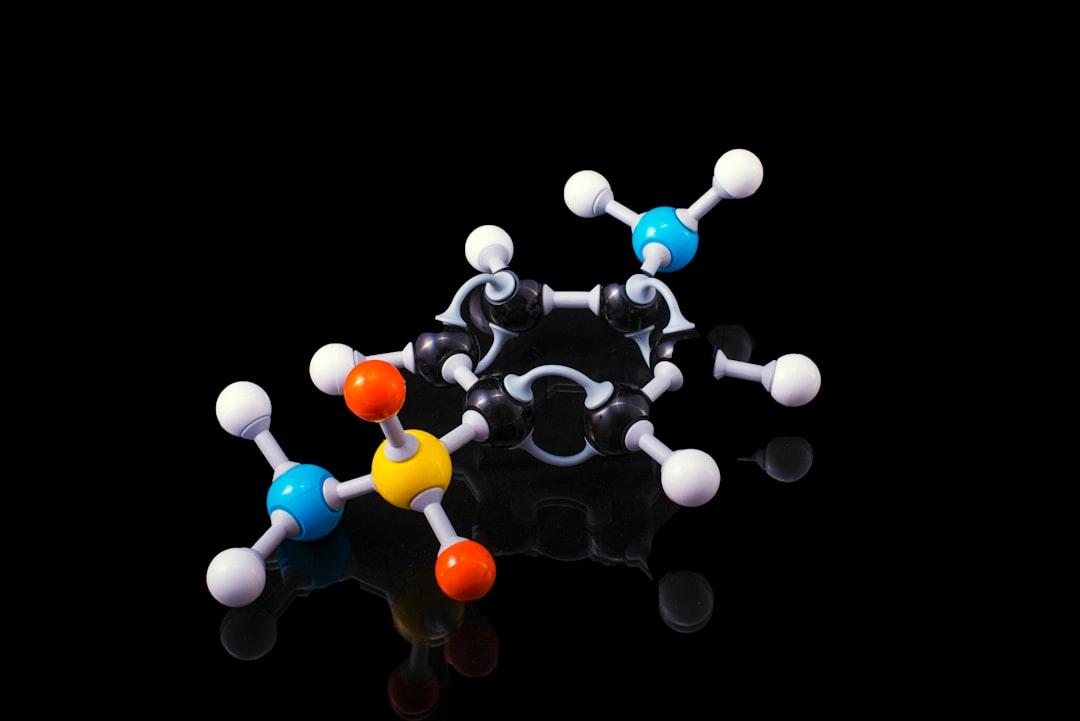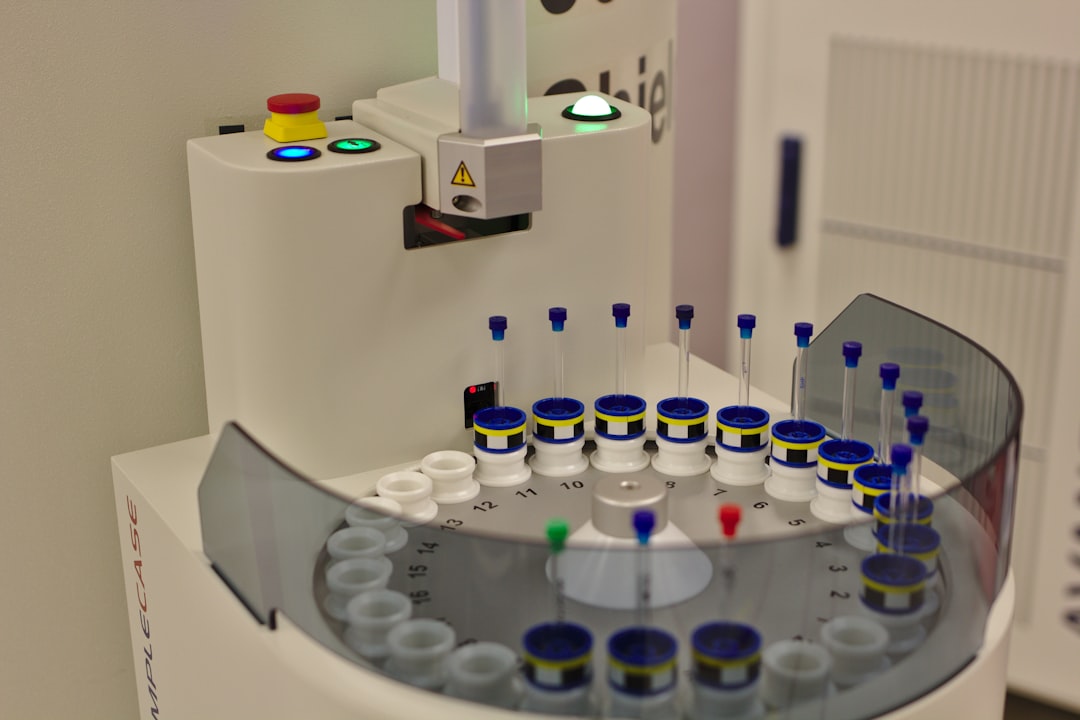What is it about?
Brain amyloid depositions are the main hallmarks of Alzheimer’s and other protein misfolding diseases. Since they are believed to precede clinical symptoms by several years, imaging of such fibrillar aggregates is particularly suitable to diagnose the onset of the disease in its early stage and monitor its progression. In this context, near infrared (NIR) imaging has been proposed as a promising and non- invasive method to visualize amyloid plaques in vivo because of its acceptable depth of penetration and minimal degree of tissue damage. In this tutorial review, we describe the main chemical and physicochemical features of probes associated with fluorescence emission in the NIR region.
Featured Image
Why is it important?
The review focuses on the recent progress and improvements in the development of small-molecule NIR fluorescent probes and their in vivo application in living animals. In addition, the possible therapeutic application of NIR probes to block the pathological aggregation process will be discussed, raising the fascinating possibility of their exploitation as theranostic agents.
Read the Original
This page is a summary of: Imaging of β-amyloid plaques by near infrared fluorescent tracers: a new frontier for chemical neuroscience, Chemical Society Reviews, January 2015, Royal Society of Chemistry,
DOI: 10.1039/c4cs00337c.
You can read the full text:
Contributors
The following have contributed to this page










